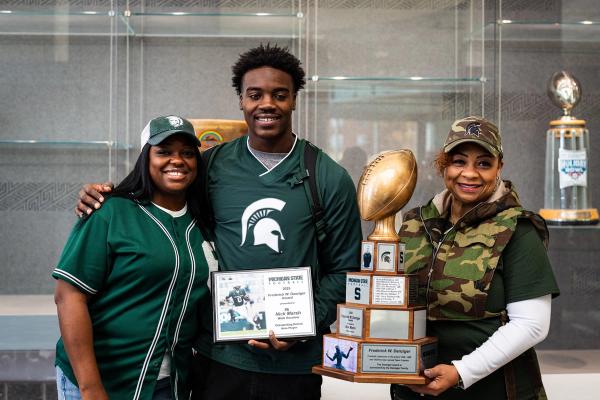•
Written By
Written By
•
•
•
Loading article...
Written By
Written By
Written By
Omar-Rashon Borja
Senior Writer, Editor, Historian
Written By
Omar-Rashon Borja
Senior Writer, Editor, Historian

One of the final dominoes in the bowl tie-in picture fell yesterday when the Independence Bowl announced the American Athletic Conference would inherit the tie-in previously held by Army before they joined the conference. A former PAC-12 school awaits an AAC team. This addition puts the AAC at eight tie-ins for the season and benefits multiple parties within the conference bowl situation.
The Independence Bowl can now pursue two local schools that have excellent seasons. North Texas and Tulane are both 5-2 and deserving of a Power Four opponent in a bowl game. Previously, the only options guaranteeing a Power Four opponent were the Military Bowl in Annapolis, MD, and the Fenway Bowl in Boston. Naturally, those bowls likely gravitated to Army and Navy. The Independence Bowl can now attract a nearby program and give either school a Power Four bowl opponent.
Additionally, the Military and Fenway Bowls do not have to rely on schools hundreds of miles away to generate a quality matchup with the ACC. Had Army kept the Independence Bowl tie-in, the best scenario would have been the Military Bowl choosing Navy and the Fenway Bowl selecting one of Memphis, North Texas, or Tulane.
Both schools would bring a strong fan presence to the area. Tulane is a 5.5-hour drive from Shreveport, and the Green Wave has not played in the Independence Bowl since 1987. North Texas is even closer to Shreveport at 219 miles and never appeared in the Independence Bowl or any bowl of its stature since a 1959 Sun Bowl appearance. Furthermore, the Mean Green have played a Power Four team in a bowl.
The Independence Bowl joining the AAC's bowl lineup reduces competition among the conference's bowls with Power Four opponents while decreasing the travel demands for fans. Overall, this is a mutual win for the bowls and prospective schools.


The American has announced a partnership with the Radiance Technologies Independence Bowl which will bring the game into the conference’s bowl lineup for the 2024 season